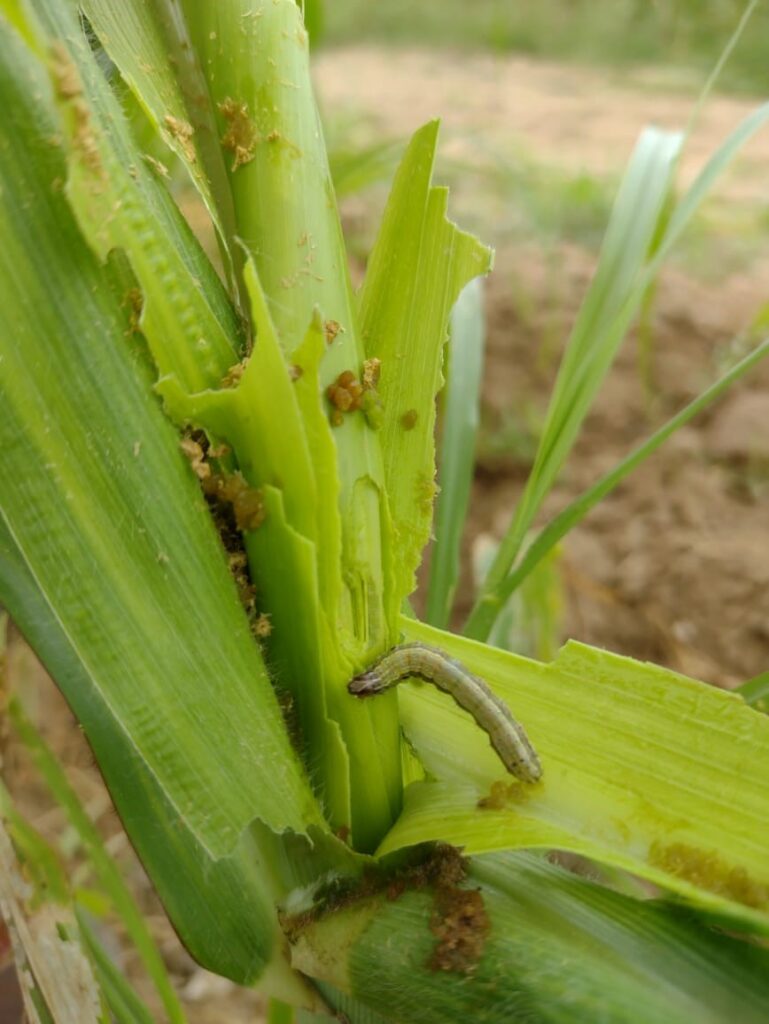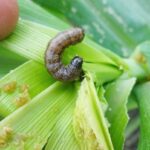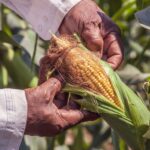Corn is a crop of high importance throughout the world, it is the cereal with the highest production. According to the FAO, worldwide, the 3 largest producers are the United States of America, China and Brazil, the first place of production, the United States of America, in 2019 produced an amount of 347,047,570 tons of grain, in an area of 32,950,670 of hectares, this yields a calculated yield of 10.53 tons per hectare.
Mexico obtained, in 2019 (FAO), the eighth place of production, with a volume of 27,228,242 tons, produced in 6,690,449 hectares, this results in a yield of 4.06 tons for each hectare planted, a figure below half of the leader, United States of America.
The main producing Mexican states are Sinaloa (22%), Jalisco (14%), Mexico (8%), Michoacán (7%), Guanajuato (6%), Guerrero (5%), Veracruz (5%), Chiapas ( 5%), Chihuahua (4%), Puebla (4%) and the rest of the States represent the remaining (20%).
However, by 2021, corn production in Mexico will not exceed 24 million tons, a figure significantly lower than that forecast by the Government (Expansión, 2021).
In Mexico, corn cultivation is attacked by 53 species of insects at different stages of development that can significantly reduce yield, but approximately 20 insect species are called the most important pests, of which 13 species attack the aerial part of the plant. and 7 are root pests (CESAVEG, 2010), among these pests Spodoptera frugiperda is distinguished, which is a pest of economic importance, because it causes economic losses that fluctuate from 10 to 90%.
Armyworm (Spodoptera frugiperda)
The eggs are covered with scales. When hatching, the larvae have gregarious, cannibalistic habits and settle in the bud of the plant. Six larval instars are presented. Its cycle is 30 days in spring and lasts up to 90 days in winter. Pupa in the soil at a depth of 2 to 8 cm. The maturation of the adult life is 10 days (CESAVEG, 2010).

Opportune moment of control: When checking 100 plants and finding 20 damaged plants, with fresh excrement or presence of the insect (CESAVEG, 2010).
Management of Armyworm (Spodoptera frugiperda)
Management strategies: Avoid staggered sowings (CESAVEG, 2010), this is because the fall armyworm attacks the early stage of maize development and by having staggered sowings, it is more likely to have active sources of this pest. The application of Bioinsecticides such as Biotech BMI is recommended, for the biological control of the pest, and botanicals such as Cinnamix, both products with application of the sprinkler nozzles, well directed to the thread of the furrow.

 AgronoBlog – Agriculture Blog
AgronoBlog – Agriculture Blog 


